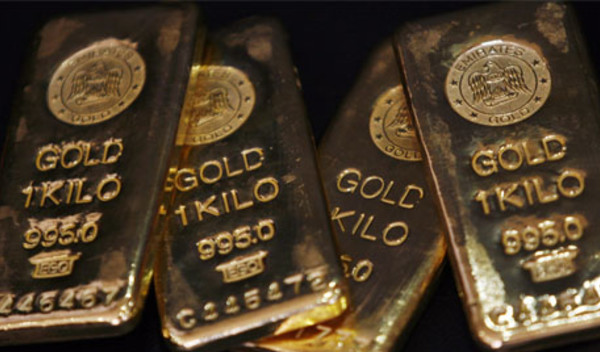

The merits of using a variety of precious metals to improve the risk-adjusted returns of a traditional balanced portfolio has been contested by fund analysts, as more investors turn back to the likes of gold.
The debate over the yellow metal’s value as a portfolio hedge has intensified again this year as gold rallies in an environment of macroeconomic uncertainty and easier monetary policy. Bullion has risen 27 per cent in 2016 to $1,351 a troy ounce.
An ETF Securities study has suggested a 60:40 equity/bond portfolio could achieve increased returns, lower volatility and a higher Sharpe ratio by decreasing these exposures in favour of a collection of precious metals rather than just bullion.
The study said cutting equity allocations in favour of a 10 per cent portfolio weighting to the basket of precious metals – not just gold – would have produced returns of 4.4 per cent since 2000, compared with 3.9 per cent otherwise.
For other allocations to precious metals, at the expense of equities and bonds in a 60:40 portfolio, returns always increased while volatility always decreased. Varying the precious metals allocation in other ways also saw returns grow and volatility either decline or, in the case of replacing a bond allocation, remain the same (see table).
Charles Younes, research manager at FE, said he was sceptical over the research’s use of a basket of precious metals.
“Gold is no platinum, but you may have better results if you only hold gold and silver in your portfolio,” he said.
ETF Securities said the basket of metals had always outperformed at times of significant market stress. Authors Edith Southammakosane and Maxwell Gold added: “A diversified basket of precious metals tends to perform more consistently versus any single metal and creates an exposure to both the cyclical and non-cyclical drivers of gold, silver, platinum and palladium as a whole.”
Dan Kemp, head of investment consulting and portfolio management for Emea at Morningstar, argued the period chosen by ETF Securities incorporated a boom for commodities and a strong period for the dollar, which would have helped a number of the metals.
“There is no guarantee we would go through a repeat of that period,” he said.
He added that while the diversification benefits of precious metals were not up for question, a reduction in volatility seemed a moot point.
Mr Kemp said unless investors were towards the end of their investment cycle, reduced volatility was not a necessity in a portfolio.
He added the most important factors for earlier-stage investors were buying assets with long-term growth potential, and avoiding the crystallisation of losses. “In that context, the place of [precious metals] is less obvious. It is difficult to have a genuine expected return as there is no cashflow, so difficult to justify high long-term returns.”



